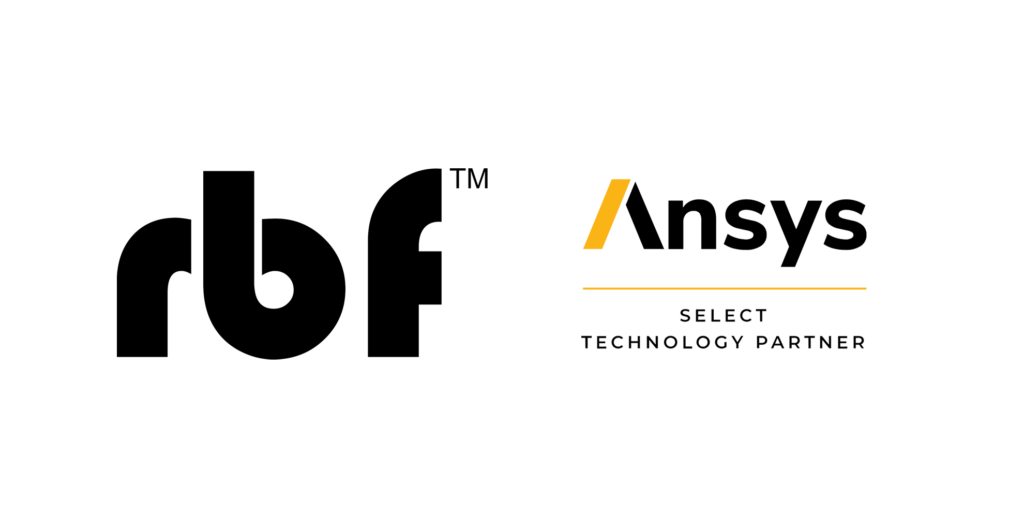 RBF Morph took part in the 34th International CAE Conference that held in October on 8th and 9th in Vicenza (Italy). Specifically three works was presented.
RBF Morph took part in the 34th International CAE Conference that held in October on 8th and 9th in Vicenza (Italy). Specifically three works was presented.
The first work titled “Combining Adjoint Optimization and mesh morphing for CFD applications” investigates the applicability of Adjoint optimization combined with mesh morphing to the industrial practice, by the integration of commonly used commercial simulation software. Adjoint techniques are efficient optimization methods in terms of accuracy of results and short computational cost, but normally are limited to in-house simulation codes, that allow the calculation of partial derivatives of the observable quantities within the model simulation. 
Conversely, commercial software such as ANSYS Fluent make available derivatives in function of mesh points, and combined with a mesh morphing tool as RBF Morph, derivatives can be automatically computed in function of design parameters, such the amplifications of the RBF solutions that control the shape of the mesh. Integrating these software in the optimization platform modeFRONTIER, it becomes possible to apply efficient gradient based optimization algorithms, with the big advantage of a full automatic process integration, and a very short number of design simulations to optimize the objective function.
 The second work titled “FSI optimization of industrial airplanes: the P180 Avanti EVO study” describes the procedure for the optimization of the fluid-structure interaction (FSI) carried out for the P180 Avanti EVO vehicle, designed and manufactured by Piaggio Aerospace, performed in the framework of the Experiment n. 906 of the FORTISSIMO 2 research project. In particular, the effect of a set of modifications of the winglet shape, that were applied by means of a mesh morphing technique based on the use of radial basis functions, was numerically investigated adopting the mode superposition approach. The CFD analyses were carried out with both commercial (CFD++, ANSYS Fluent) and open-source (SU2) solvers employing the cross-platform FSI solver implemented in the RBF4AERO suite.
The second work titled “FSI optimization of industrial airplanes: the P180 Avanti EVO study” describes the procedure for the optimization of the fluid-structure interaction (FSI) carried out for the P180 Avanti EVO vehicle, designed and manufactured by Piaggio Aerospace, performed in the framework of the Experiment n. 906 of the FORTISSIMO 2 research project. In particular, the effect of a set of modifications of the winglet shape, that were applied by means of a mesh morphing technique based on the use of radial basis functions, was numerically investigated adopting the mode superposition approach. The CFD analyses were carried out with both commercial (CFD++, ANSYS Fluent) and open-source (SU2) solvers employing the cross-platform FSI solver implemented in the RBF4AERO suite.
 Finally paper titled “The medical digital twin assisted by Reduced Order Models and Mesh Morphing” will be presented. In silico analysis tools in the bio-medical field are nowadays moving from the research context to the patient specific treatment and prevention one. Hemo-dynamics is receiving a great attention and an accurate CFD modelling can be adopted to produce a digital medical twin capable to reliably predict pathology evolution and the effect of surgical corrections. The availability of in silico digital twins based on CAE simulations is one of the key enablers; parametric shape of vessels and reduced order models (ROM) are a promising solution. The ROM approach requires HPC to be built but can be consumed almost in real time and also outside from the standard CAE tools. In this paper the concept is demonstrated exploiting the new ROM Builder available in ANSYS 19.1. We developed a pipeline for the aortic aneurysm to study the effect of the bulge shape progression on the flow field. First a patient-specific geometry is reconstructed, then a CFD model is created with a bulge shape parameterised through an RBF mesh morphing technique and, finally, a reduced order model (ROM) is suitably built up carrying our CFD simulations. Examples of fast evaluations achieved off-line by consuming ROM results are provided.
Finally paper titled “The medical digital twin assisted by Reduced Order Models and Mesh Morphing” will be presented. In silico analysis tools in the bio-medical field are nowadays moving from the research context to the patient specific treatment and prevention one. Hemo-dynamics is receiving a great attention and an accurate CFD modelling can be adopted to produce a digital medical twin capable to reliably predict pathology evolution and the effect of surgical corrections. The availability of in silico digital twins based on CAE simulations is one of the key enablers; parametric shape of vessels and reduced order models (ROM) are a promising solution. The ROM approach requires HPC to be built but can be consumed almost in real time and also outside from the standard CAE tools. In this paper the concept is demonstrated exploiting the new ROM Builder available in ANSYS 19.1. We developed a pipeline for the aortic aneurysm to study the effect of the bulge shape progression on the flow field. First a patient-specific geometry is reconstructed, then a CFD model is created with a bulge shape parameterised through an RBF mesh morphing technique and, finally, a reduced order model (ROM) is suitably built up carrying our CFD simulations. Examples of fast evaluations achieved off-line by consuming ROM results are provided.
For more information about these interventions you consult the Programme.
The papers can be download in the Presentations and Proceedings 2018.



